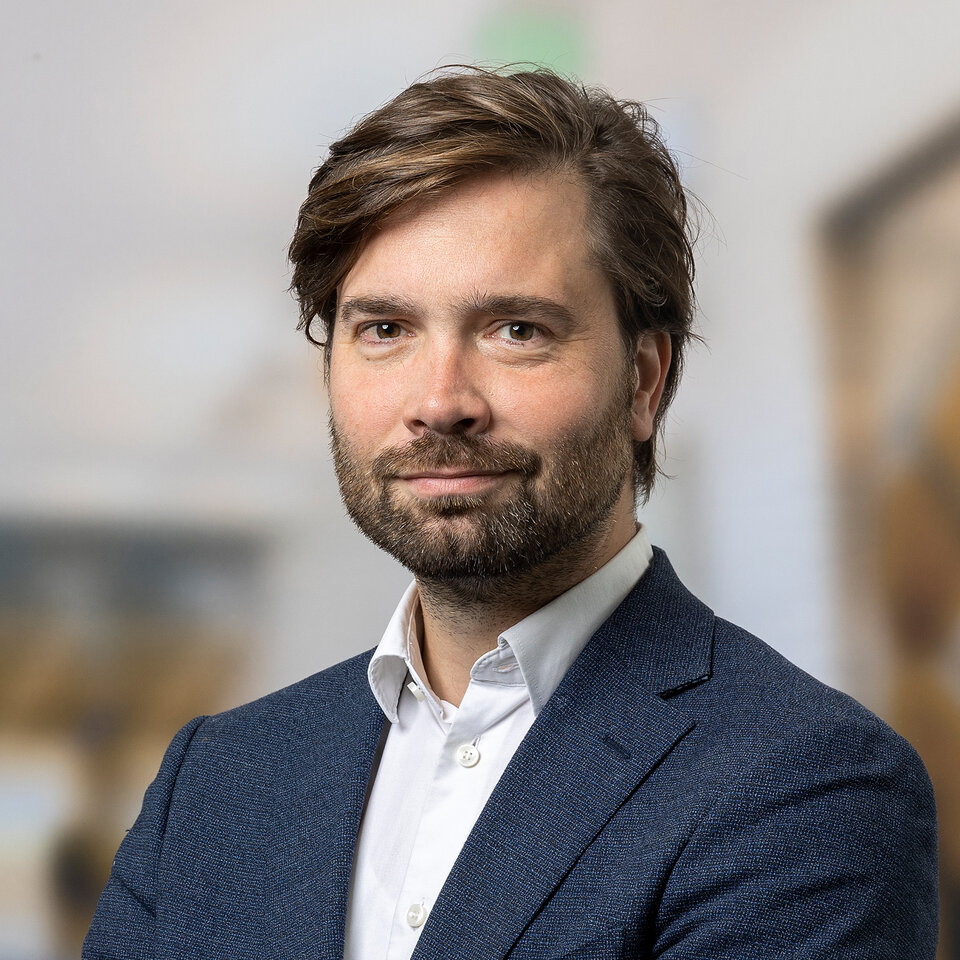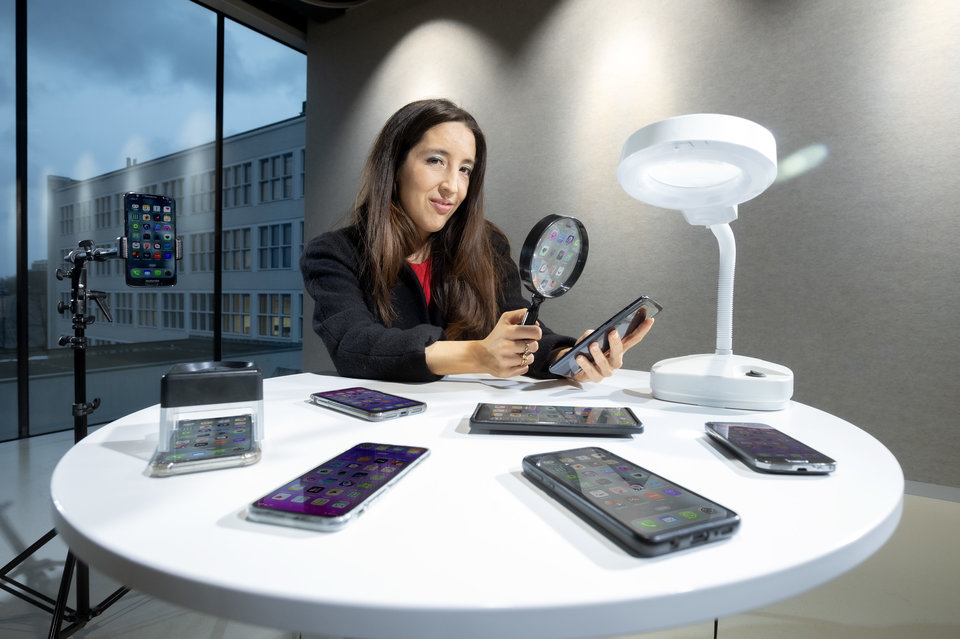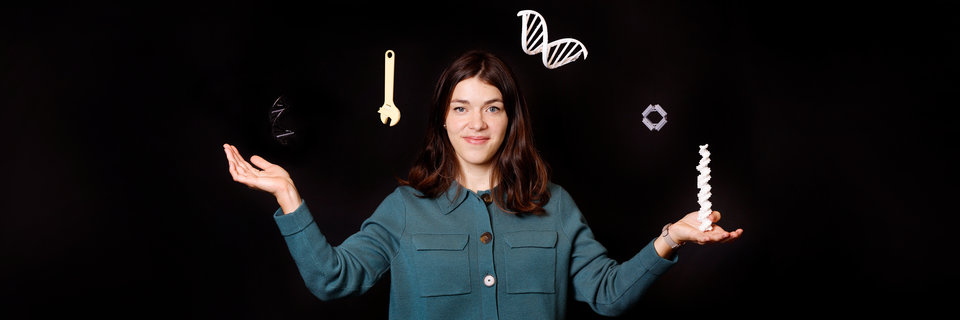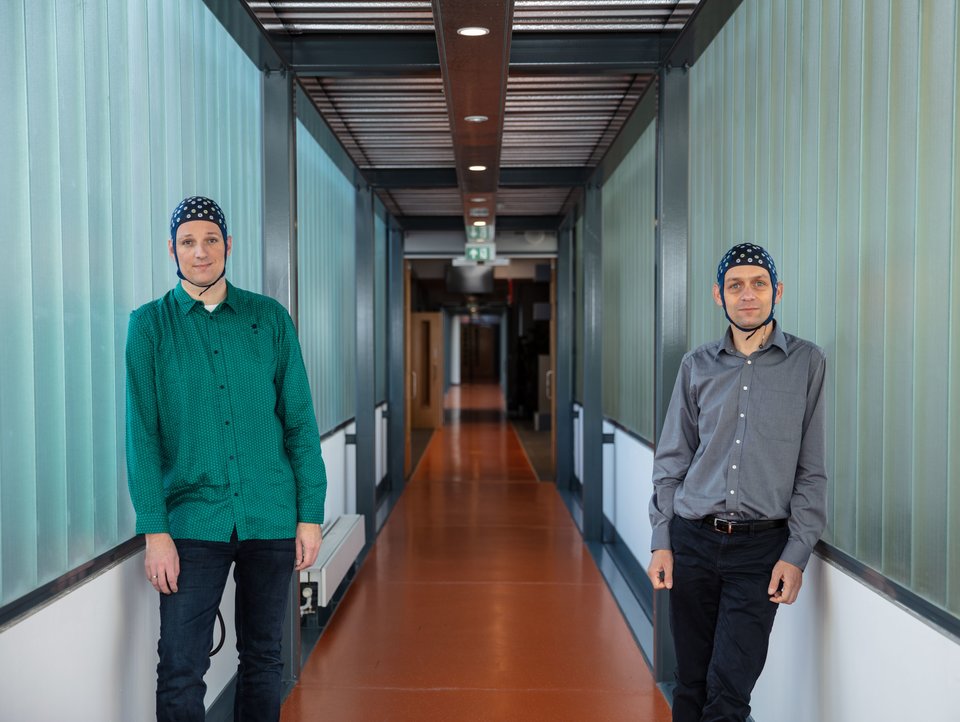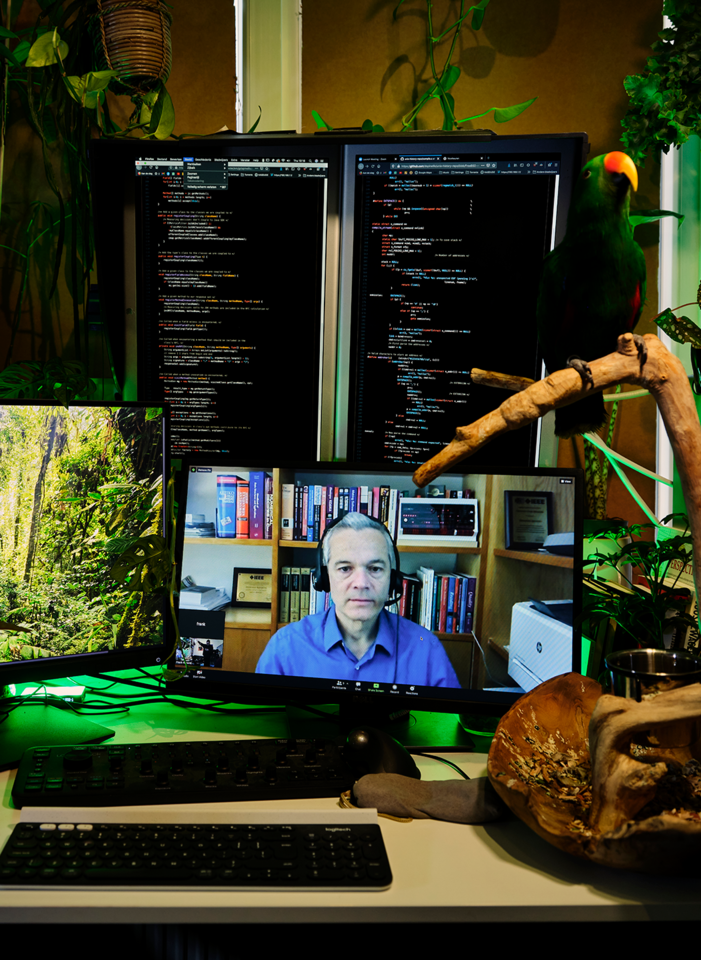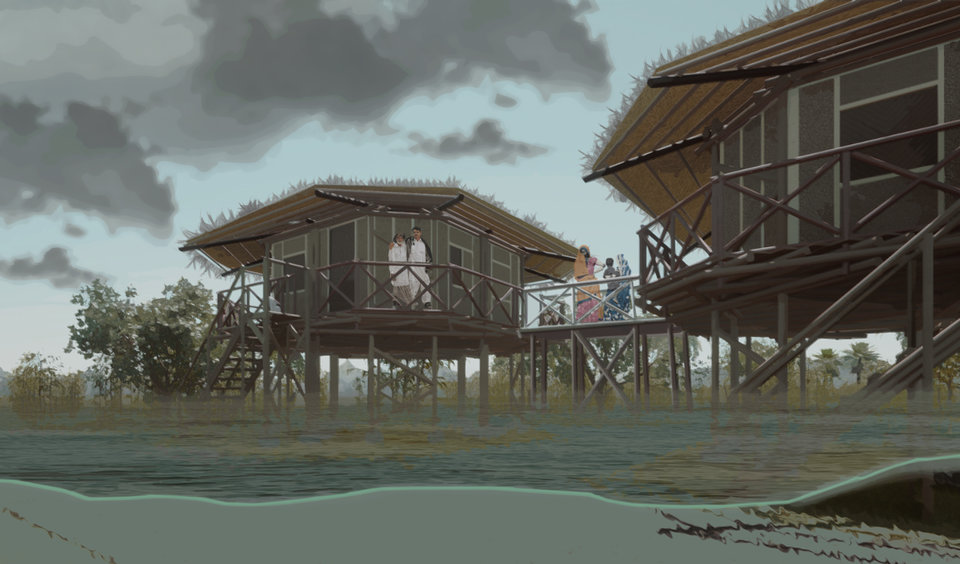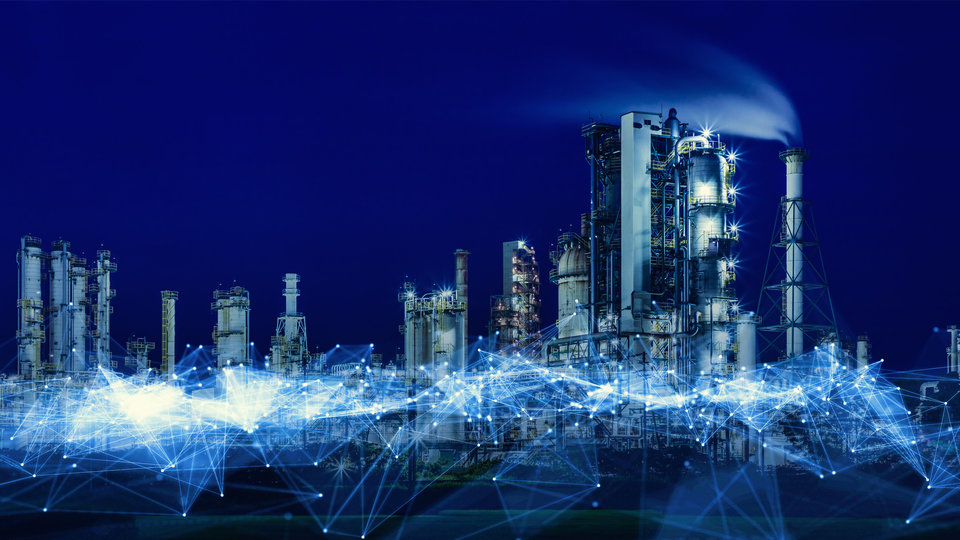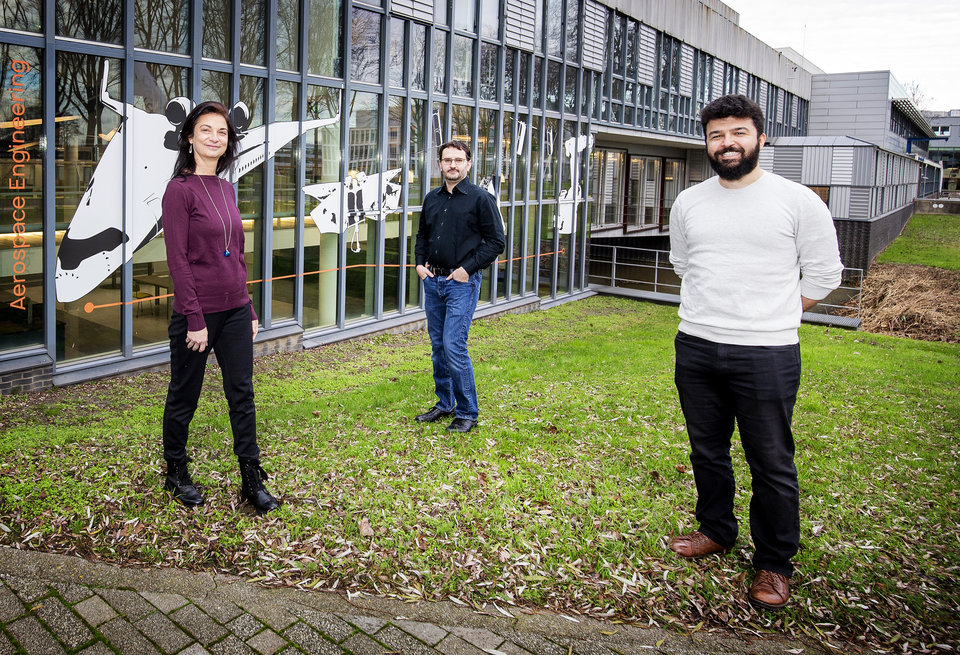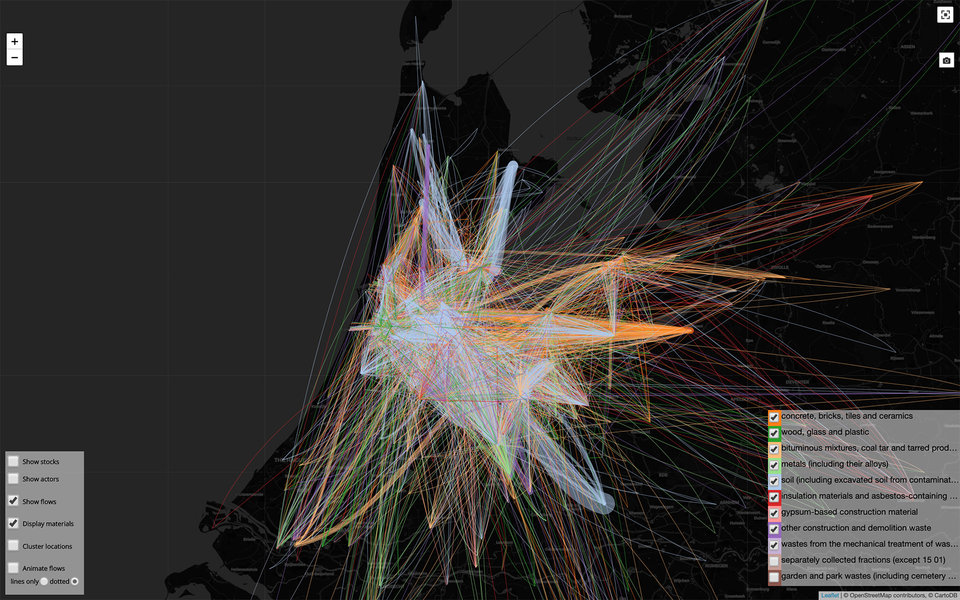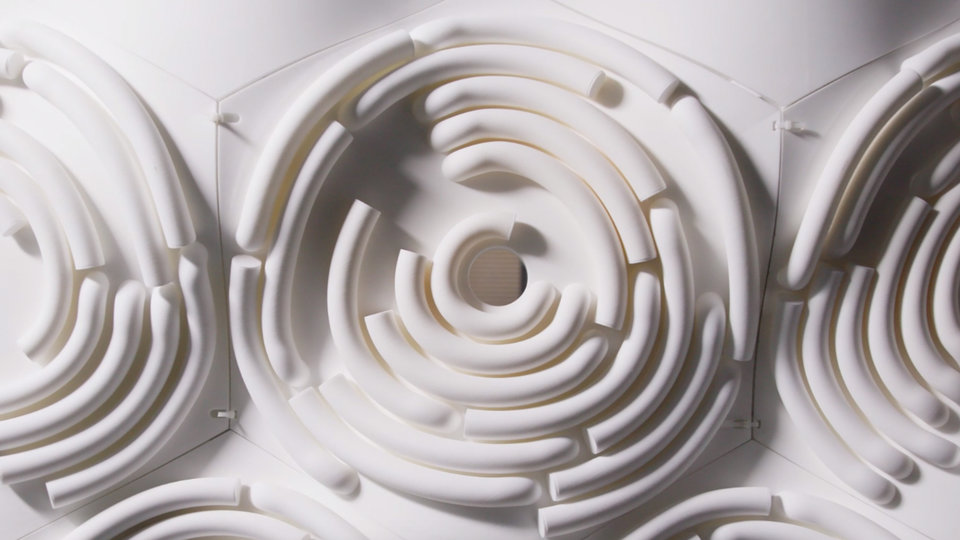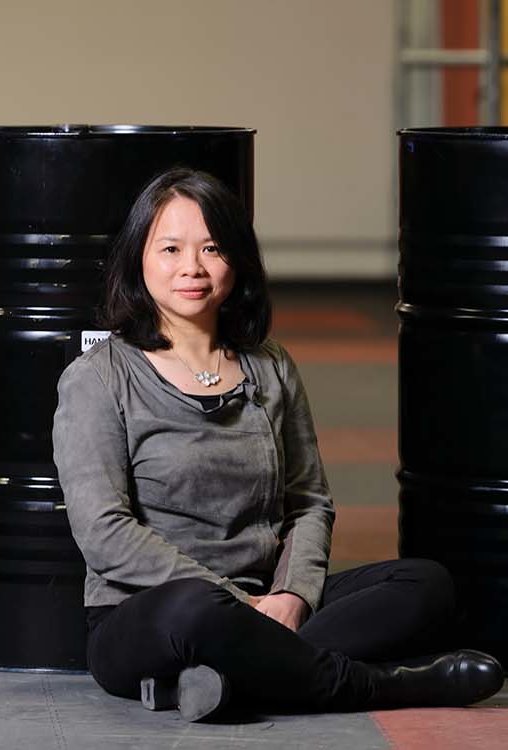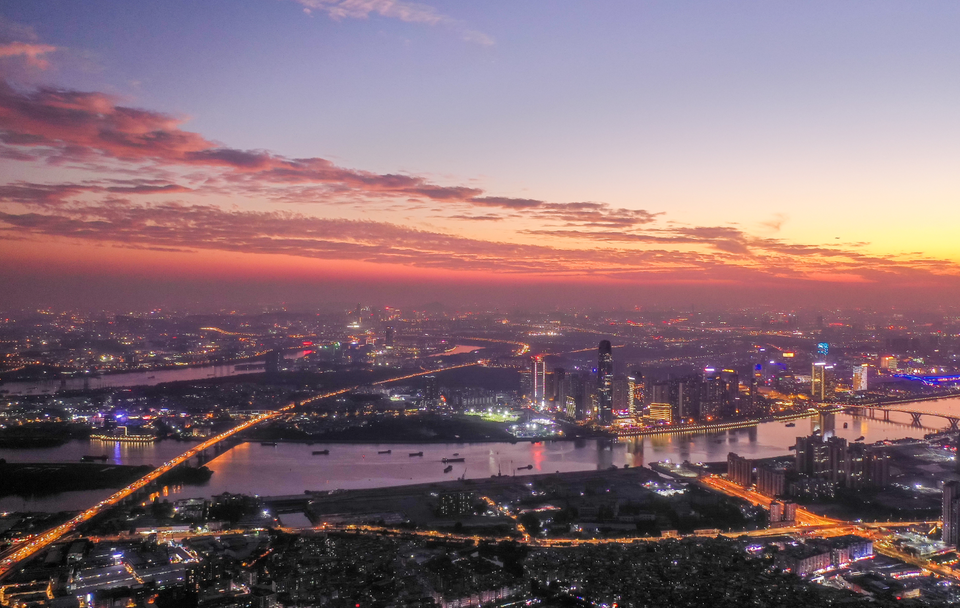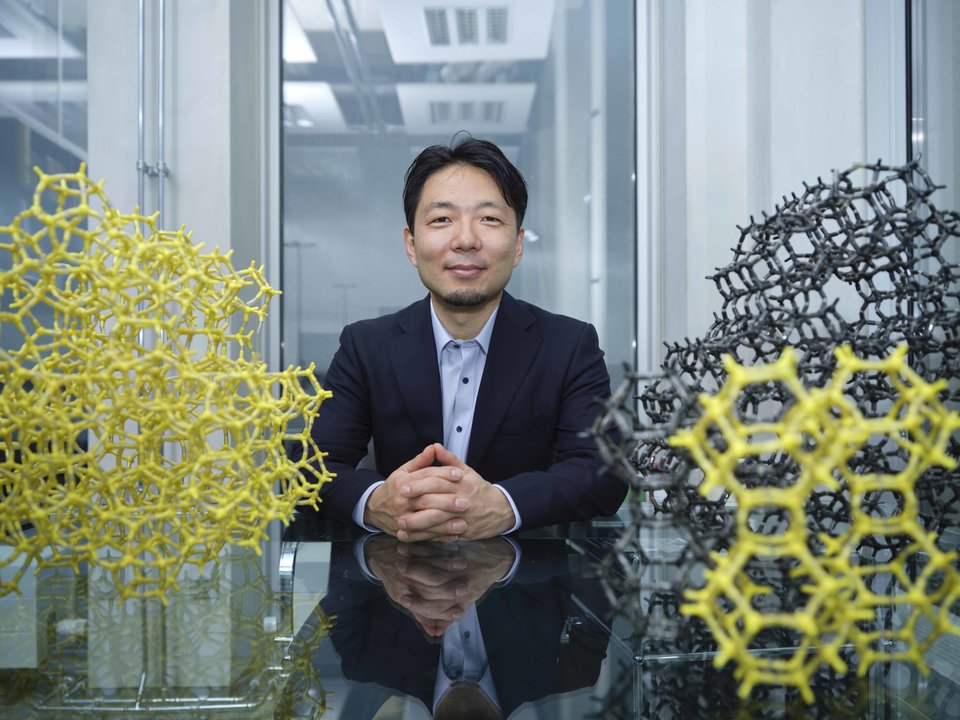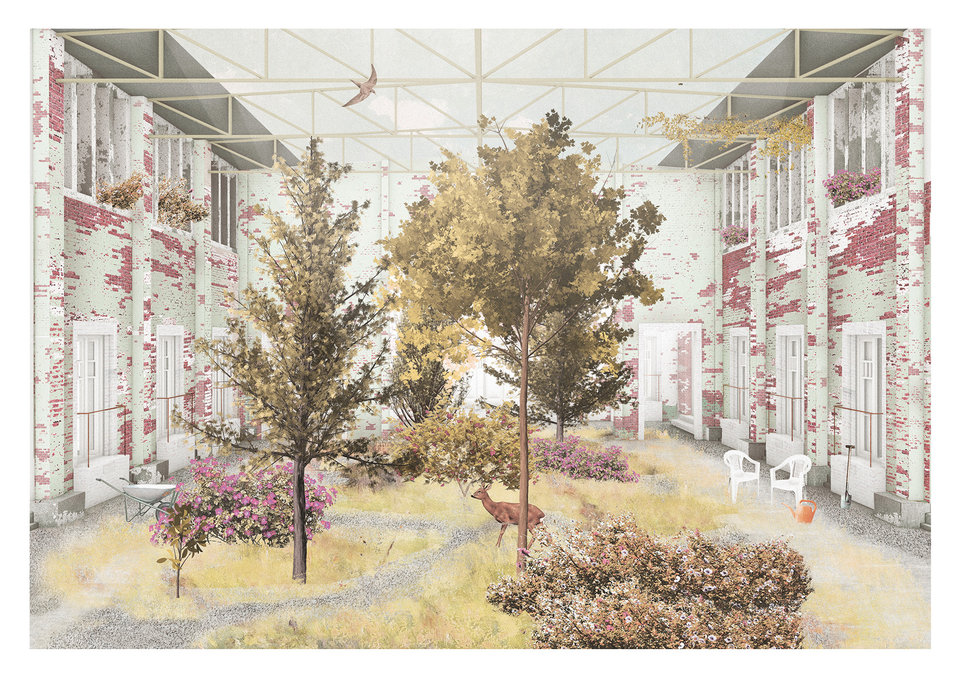New technologies require raw materials that are in limited supply. In the EU, we are largely dependent on China. This is undesirable for several reasons. The big question is: how can we become more self-sufficient in Europe? Researcher Willem Auping is trying to map the future market development of scarce metals using simulation models. These insights can help companies and governments make choices, for example when recycling raw materials or extracting metals within the EU.
The energy transition creates a growing demand for certain metals, such as lithium, cobalt, nickel, copper and rare earth metals. For example, an electric car requires three times as much copper as an 'old-fashioned' car with a combustion engine. The production and storage of energy is also highly dependent on metals, including magnets and batteries. Rare earth metals are also used for this, says Willem Auping. “These raw materials have unique properties. Due to the limited availability of these earth metals and the increasing demand for them, they are also considered critical raw materials.”
Our dangerous dependence on China
The rare earths market is currently dominated by China, Auping says. “The mining of these raw materials still takes place in some other countries, but their refining takes place almost exclusively in China. This gives the country enormous market power. Strong economic dependence on China is not desirable, in view of possible geopolitical conflicts. If these arise, we still want to be able to continue producing electric cars and solar panels. In addition, a large part of the rare earth metals chain is currently not transparent. We do not know exactly where and under what the raw materials are mined and processed, neither for people or the environment.”
More self-sufficient in the EU
According to Auping, it is therefore important that the EU becomes more self-sufficient in the field of rare earths. In the REEsilience project (see box), parties, including TU Delft, are investigating the possibilities for this. Auping: “There are a few options for this. For example, ensuring more circularity, so that you need fewer new metals. Another is mining and refining metals within the EU. Many metals can also be found in places in Europe, such as Sweden. However, it is relatively expensive to open a mine. In addition, China can abuse its market power. If we start mining metals ourselves in the EU, there is a chance that they will offer the same metals at dumping prices. In addition, opening a mine in Western countries often meets more resistance than in countries where they pay less attention to people and the environment.”
Understanding market developments
The role of TU Delft within the project is mainly focused on modelling. Auping: “A model can simulate behaviour over time, for example how supply and demand in the field of critical raw materials develop. This development in turn affects the price. Such a price can be important for recycling companies, for example. The lower the price of a raw material, the less interesting it is to recycle. The strength of our models is that they are dynamic. By including variables such as prosperity development, we can see how the market changes over time. We do not make a perfect prediction of the future, but show what is expected to happen under certain circumstances. And parties can then act on that.”
Jobs on the computer
Auping refers to the creation of simulation models as “tinkering on the computer”. “You are constantly adding or removing building blocks. A small adjustment at a detailed level can lead to a completely different outcome. It is like Lego to me, which I loved playing with when I was a child. However, my buildings in the form of simulation models have a slightly more serious character. I find the geopolitical component in particular very fascinating. Trading raw materials is much more than just moving metals from A to B. There is a whole complex game surrounding it. I really enjoy that game in combination with working on models.”
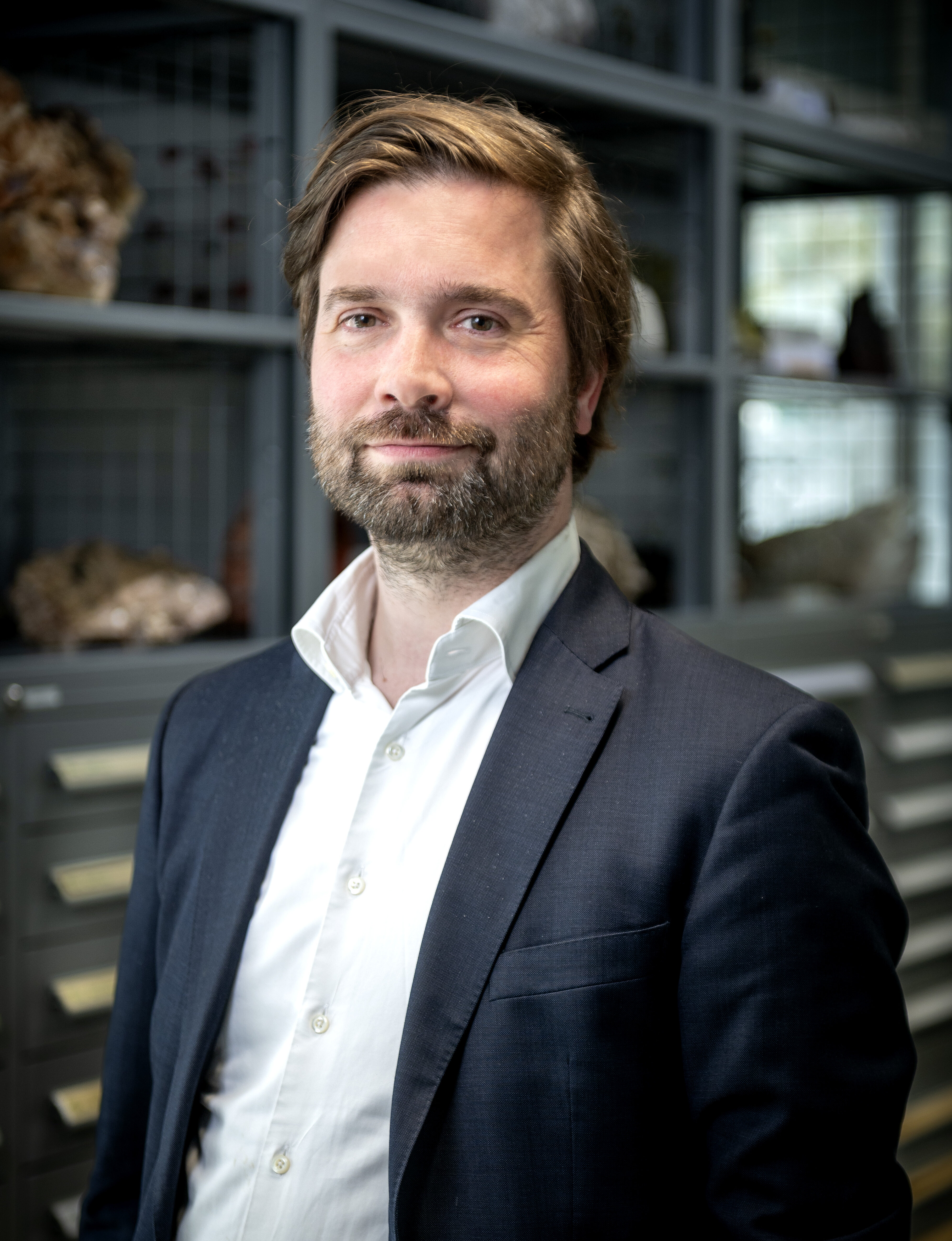
Trading raw materials is much more than just moving metals from A to B. There is a whole complex game surrounding it. I really enjoy that game in combination with working on models.
Deep uncertainties in the model
Within modelling, Auping specializes in deep uncertainties. He explains what these are: “A deep uncertainty arises when experts disagree about, for example, the operation of the system or the market. There are two trends in the field of critical raw materials. One school of thought assumes the finite availability of raw materials, which will cause the price to rise sharply. The other looks more at the consideration that producers make regarding the costs of production. This means there are many more uncertainties in price development. These differences in assumptions have an impact on how you use a model and the results you get. The best thing is if you can ultimately find a policy that works regardless of which assumption is correct.”
Turn the knobs
In addition to companies that want to know what impact market developments have on the price level of raw materials, policy makers also benefit from model analyses, says Auping. “For example, they can test whether current policy is efficient or not in the event of market changes, but also what the effects of future policy are. Governments, both at national and EU level, have various buttons to push, such as stock piling or giving subsidies. The EU can also establish strict rules for the import and export of certain raw materials or impose requirements on the way raw materials are extracted or products are designed. It would be good if the EU did more about strategic autonomy.”
Most impact due to less demand
Although more recycling and extraction of critical raw materials within the EU is important for a sustainable and responsible energy transition, Auping finally mentions another aspect that should receive at least as much attention: reducing demand. “The impact of this is stronger than any other factor. The transition to electric driving is a good development, but there are also many issues with it. This includes the increasing demand for scarce metals. This means that we also have to look at how we can change our behaviour, like taking the car less often. I live 13 kilometers from the TU Delft campus, but even when it rains I take my bike. That is not only better for the environment, but also healthy for your brain.”
REEsilience
REEsilience is a research project within the Horizon Europe program of the European Union (EU). The REE in the name stands for Rare Earth Elements. The project aims to create a more resilient and sustainable supply chain for magnetic rare earth in Europe for e-mobility, sustainable energy, sensors and more. The partners involved come from countries throughout the EU. From the Netherlands, Leiden University is also involved in REEsilience, aside from TU Delft.



